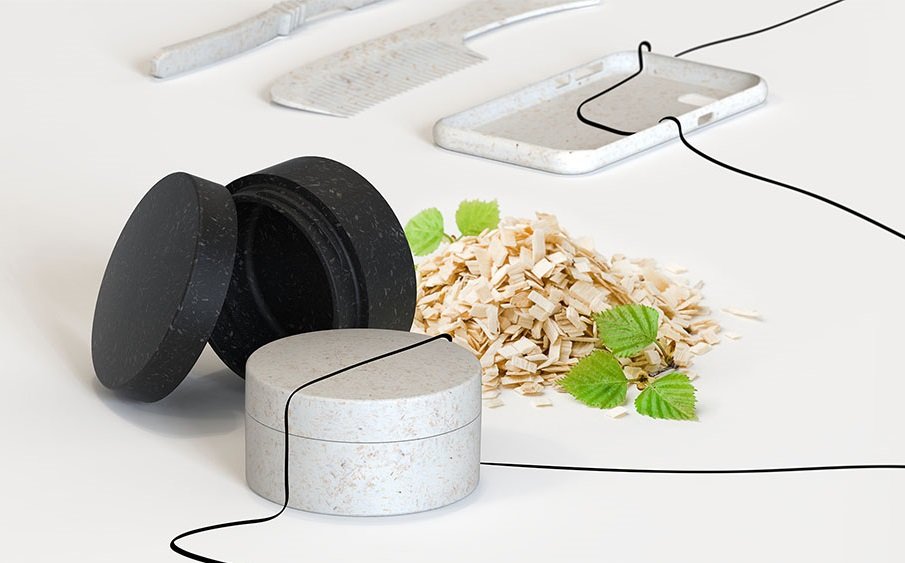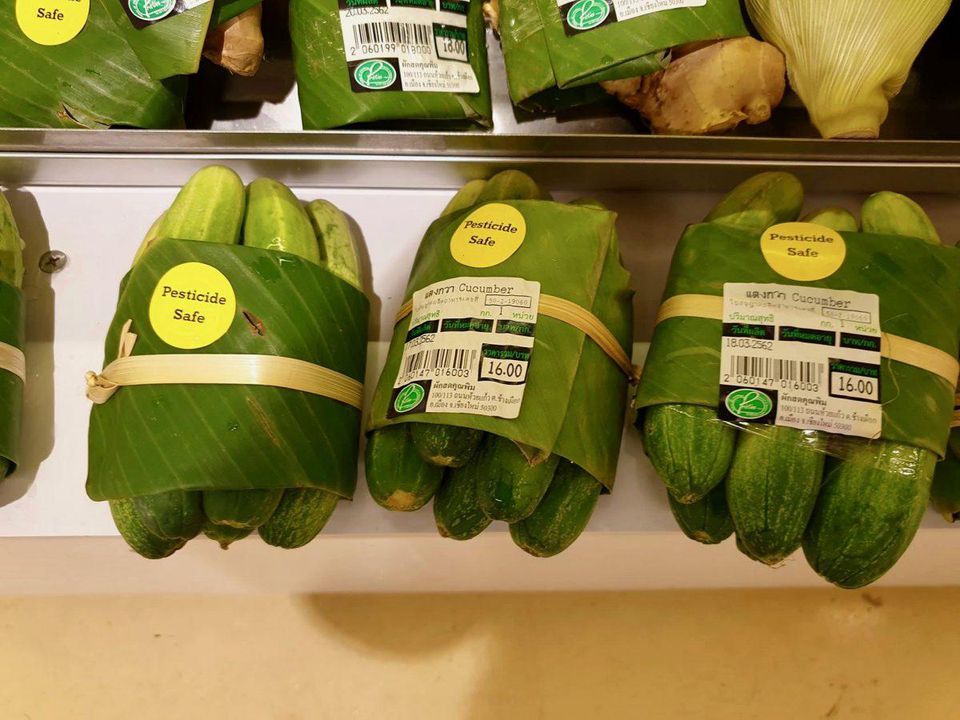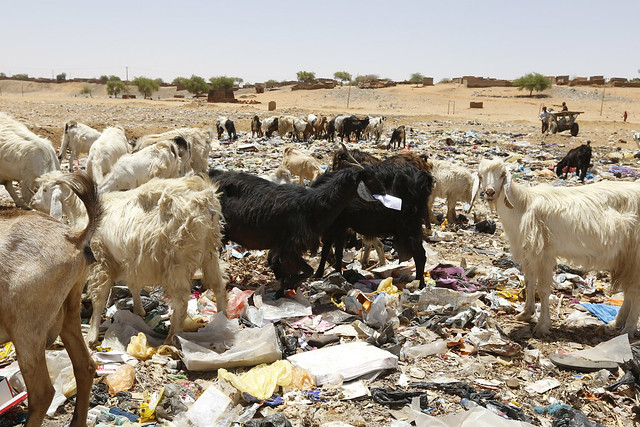Recycling isn’t going to solve our waste problems. Between the contamination that happens when we don’t recycle correctly and the degradation of plastic over time, it’s a band-aid at best, and millions of pounds of “recyclable” materials end up in landfills no matter which bin we put them in. Of course, that doesn’t mean we should just accept plastic pollution (including the micro plastics that litter the oceans and our own bodies) as a fact of life. But it does mean we have to change our approach.
Recyclability Doesn’t Matter Anymore
According to the most recent EPA stats available (which are from 2015), the amount of plastic waste generated in the United States is actually rising. Up to 70% of plastic entering recycling facilities around the world is unusable, and some of it – like plastic bags – gums up the machines, ruining entire loads of potentially recyclable materials.
If you’re wondering where our plastic goes when it doesn’t get recycled, a recent Guardian report from 11 countries tracked how waste from the U.S. makes its way around the world. Hundreds of thousands of tons of it, from plastic bottles to e-waste, are shipped every year to impoverished countries like Bangladesh, Laos, Ethiopia and Senegal in what is essentially a new form of colonization.
We don’t know how to deal with it, so we put it all on ships and send it “away,” where it becomes someone else’s problem, spilling out into their own natural spaces. The toxic fumes that can result from burning or processing plastics contain substances like dioxins, heavy metals and hydrochloric acid.
It’s easy to blame all of this on consumers not taking the time to properly sort recyclables. But the recyclability of plastics can be arcane even to people who are well-educated on the topic, since facilities vary in the types of plastic they’re able to take, and the numbers printed on containers within that meaningless mobius loop recycling symbol don’t necessarily tell us whether they’re accepted by local waste processors.
Planning for a Circular Economy

The solution to all of this is actually pretty simple. The manufacturers who produce products, packaging and even architecture in the first place should have their own plans and systems to take it back when its usefulness to the consumer has ended. Moving toward a circular economy with a closed-loop system would place the responsibility for the waste produced by a given object in the hands of its manufacturer, driving motivation to come up with less wasteful solutions in the first place.
There’s no shortage of innovation when it comes to plastic alternatives that aren’t made of fossils fuels. Among the solutions that have already been proposed are edible seaweed-based materials, bioplastics made of arthropod shells, biodegradable combinations of cellulose and natural resins, mushroom-based foam and more. Some of them, like Sulapac, can be produced on existing production lines, so if companies really wanted to, they could instantly switch from their current plastic materials to a sustainable alternative.

But biodegradable plastics can pose problems of their own. While we might imagine that disposable tableware marked “compostable” is better than plastic or styrofoam, it can still end up in the ocean, where it takes years to break down and can potentially endanger wildlife. It also has to be sent to special industrial composting facilities, which don’t exist in every area. The thing is, with the possible exception of edible or plant-based options like banana leaves, few of these biodegradable innovations actually help if they’re still being used to produce single-use disposable items.
Individual actions still matter, and a big piece of the puzzle is changing our own thinking around convenience and the value of durability, but ultimately, like with climate change, we can’t let corporations off the hook. Just 100 companies are responsible for 71% of global emissions since 1988, and 20 companies represent the world’s biggest plastic polluters, including energy companies, beverage behemoths and meat and dairy processors. They have the money and the power to dramatically reduce pollution of all kinds.
Few companies are going to take the initiative to do this until we reach a critical mass of consumer demand, putting pressure on corporations to take responsibility and following up with legislative action. In a time when we’re dealing with so many pressing crises at once, it might be difficult to imagine pulling that off, but at the risk of sounding trite, changing anything for the better starts with imagining the world we want to live in and working from there.
Top image: Mi Zhou’s soapack, which uses soap as zero-waste packaging for shampoo and other liquid toiletries.


